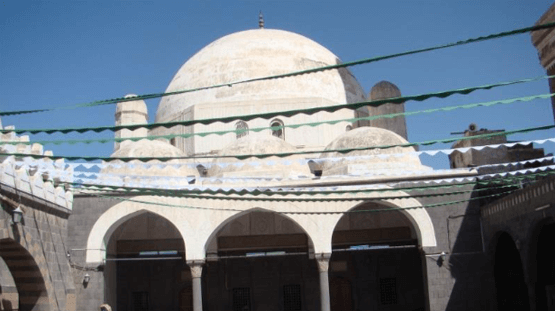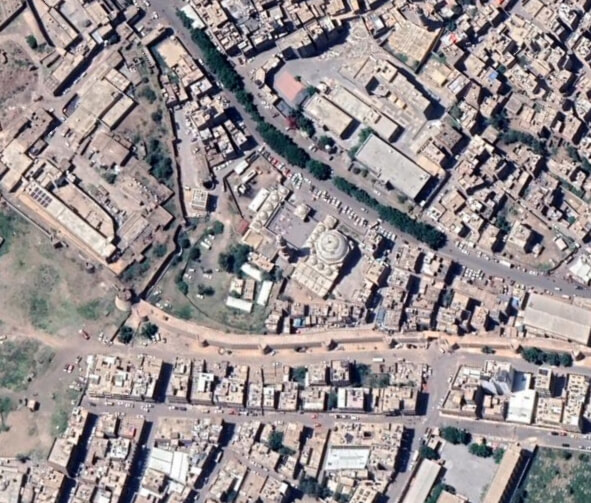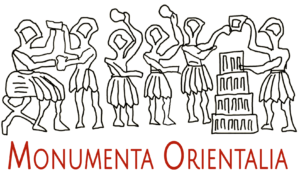
Al-Bakīriyyah Dome – Old Ṣan‘ā’
قبة البكيرية- صنعاء القديم ة
Monument description
A number of historians and writers, such as Al-Hajri and Al-Akwa, agree that the Al-Bakeeria School (Madrasa) was named after Bakir, servant of the Minister Hassan Pasha. Bakir died for a fall from a horse during the School’s opening ceremony; he was buried in the eastern side of the School and, as a sign of respect, Hassan Pasha ordered to build a dome over Bakir’s tomb.

Architectural and cultural value
Construction style and built date: The layout of AL-Bakiriya Madrasa in Sana’a belongs to the Islamic architecture in the Ottoman era and goes back to the first Bursa style in Turkey, which is characterized by covering the Prayer Hall with a large, high dome. The Madrasa date back to the Governor of Yemen, the Ottoman Minister Hassan Pasha in the year 1005 AH, according to the historian Issa bin Lutfallah, one of the contemporary historians of this period in his book Rouh al-Ruh, in the news of the year 1005 AH. He said, “And in it, I completed Al-Waziria Madrasa known as Al-Bakiriya in Sana’a, and the literary jurist Abdullah bin Ahmed Al-Muharraqi took over the work of the decoration in its mihrab”.
Components of the Mosque: Madrasa Al-Bakiriya is divided into two main parts: the Prayer Hall, the
courtyard, and some annexes such as Matahir (Ablution Units).
- Justifications for intervention:
- 1. Expediting the complete restoration of the school, especially the domes and Qudad that covers it from the outside, as well as treating damp walls throughout the school
2. Removing any cement layer on the foundations because it has a bad effect on old building materials
3. Restore the old bathrooms and the Matahir, and use the old materials for restoration, especially the Qudad
4. Complete the modern bathrooms
5. Removing the water tanks located north of the Madrasa
6. Clean the area around the Madrasa especially on the east of the Madrasa
7. Scrutinize those who carry out the restoration, and check that they are specialized in the archaeological and architectural techniques.
- Monument conditions and treatment:
-
The building and decoration of this School are still in a good state of preservation, especially as it was subjected to renovations that took place in 1298 AH during the Ottoman era in Yemen, and in 2000 CE. However, it suffered many damages, including:
1. Moisture and erosion of stone masses
Treatment:
– Rebuild the covering layer of the foundation and the
protection deck, and sprinkle it with Noura according to the principles of workmanship and according to the instructions of the supervising engineer.2. Damage on the walls (cracks – falling stones)
Treatment:
– Repaint the wall decks and the foundation, and
sprinkle it with Noura according to the principles of workmanship and according to the instructions of the supervising engineer.3. Cracking on the arch of the western dome (the shed)
Treatment:
– Surface maintenance work to prevent rainwater
intrusion.

Countries












